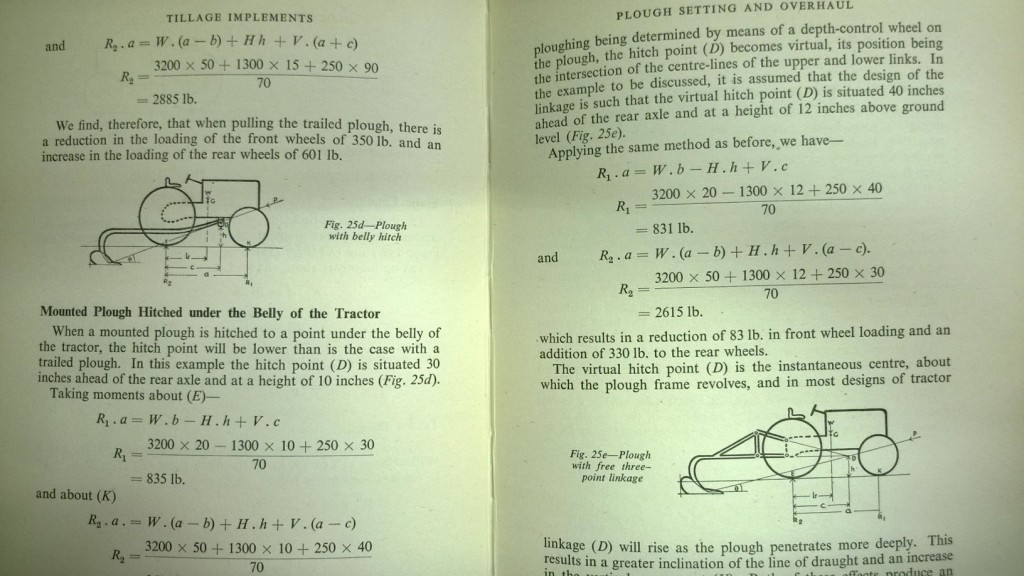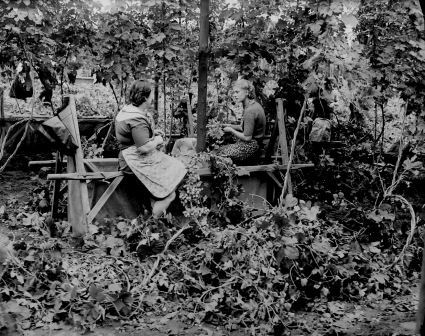Over the past few weeks I’ve been getting stuck in to research for the Reading Engaged project. Along with others in the museum and archive team, I’ll be spending the rest of the year researching content that will hopefully be featured in the re-displayed museum galleries. I’ve made a start by really getting to grips with the yearly round of agricultural and rural processes, from ploughing to harvesting and everything in-between. I’ve been focussing on everything from the story of agricultural mechanisation to the politics of agricultural labourers’ unions to oral histories and personal stories.
Two of the topics I’ve researched so far have particularly captured my imagination: hop picking and charcoal burning. I can’t wait to read more about hop picking and the stories of the huge variety of people who joined the migrant labour force in the hop gardens of Kent and other counties every year. There seem to be varying accounts of whether it actually made anybody any money and whether it was viewed as work or a holiday, but thousands of families kept going for generations regardless.
If I’m totally honest with myself, too, the main reason I was so keen to research charcoal burning was my memories of watching the charcoal burning scene in the 1974 film adaptation of Arthur Ransome’s Swallows & Amazons. I was somewhat disappointed to find no reference in my research to the practice of keeping an adder in a cigar box for good luck like Old Billy and Young Billy did! I think, though, that if I can be fascinated by charcoal burning because it featured in my favourite childhood book, it is because the story provides a familiar hook to what is essentially a process with very little connection to my life. For many of our visitors we hope be able to provide similar hooks, whether that’s the engaging personal story of a migrant hop-picker from London’s east end, a demonstration of how to use a particular hand tool, or a discussion of the links between farm mechanisation and wider world events.
We’ll continue to keep you updated throughout our research, particularly if we come across any particularly interesting objects or stories.
P.S. For others who haven’t grown out of loving Swallows & Amazons, here’s some fascinating posts on Sophie Neville’s blog about filming the charcoal burning scene (Sophie played Titty Walker in the 1974 film).


